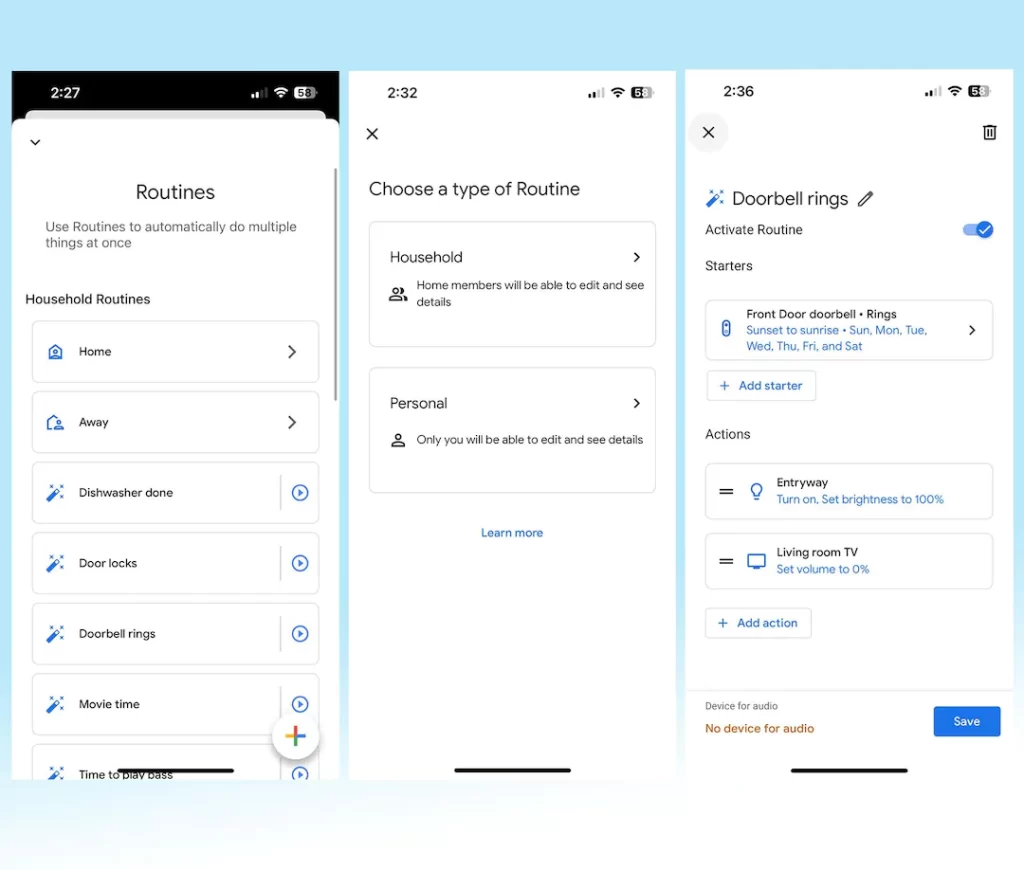Ethereum (ETH) developers have launched a new developer network to test “ETH 2.0” staking withdrawals. With that, the team plans to experiment with different ways on how to make ETH withdrawals available to users. Mining via Proof of Stake (PoS) brought the possibility of staking ETH in the exchange of miners for validators. However, those who hold Ether (ETH) in staking still cannot freely withdraw and handle their cryptocurrencies. According to the developers, the staking ETH withdrawal feature will be released with the Shanghai update. In the meantime, the new testnet will allow developers to work on future solutions for withdrawals. According to developer Marius Van Der Wijden, the new network will help to find possible bugs and prepare the network to allow withdrawals. Then the team should put the solution in the Shanghai hard fork, which should be out in 2023. “It’s the first devnet that allowed withdrawals and it’s a big step,” said Van Der Wijden.
How does staking work?
In PoS mining, the figure of the miner is replaced by that of the block validator. To participate in this process, validators need to deposit 32 ETH into Beacon Chain, which was the PoS network. With the release of The Merge, the Beacon Chain merged with the core layer of Ethereum. Part of the deal was that all ETH left staking, as well as any accumulated rewards, would remain locked in the Beacon Chain smart contract until the next update, which would happen sometime after The Merge. This update will be to Shanghai. The update is expected to include the mechanism by which the network will release these rewards. There was an implementation projected for six to 12 months after the merger, according to the Ethereum Foundation website. That is, the same period in which the release of the new update will take place But, last week, followers noticed that a change: the Foundation website no longer had a proposed schedule. Because of this, many users wondered if there would be delays in the implementation of withdrawals.
open schedule
According to Tim Beiko, protocol support lead at the Foundation, the original projection of “six to 12 months is the ‘historical average’ time between upgrades in Ethereum. That is, it was not an exact projection of time. Beiko also admitted that the withdrawal solution encounters “difficulties”. “I don’t see why this update would take longer, but we’re still not far enough through the process to talk about key network deployment dates,” he said. This language change, even if it is innocuous, is not going over well with ETH punters at the moment. They want to know exactly when they can access their funds, and the lack of details seems to make them nervous. Parithosh Jayanthi, an engineer at the Foundation, said developers are committed to making withdrawals a priority for Shanghai. “There are always discussions about timelines and changes, but I don’t think there’s ever been more consensus among core developers to delay retirements. It was and always will be included in the next hard fork. I don’t see a scenario where we don’t have withdrawals implemented in Shanghai,” he said. The core of Shainga is withdrawals, but the update will bring other Ethereum Improvement Proposals (EIP). For example, EIP-4844, also known as proto-danksharding, can be a first step towards making the network more scalable through sharding. This method divides the network into other databases, or “shards”. With this, the update increases the transaction capacity of the network, reducing its fees.

